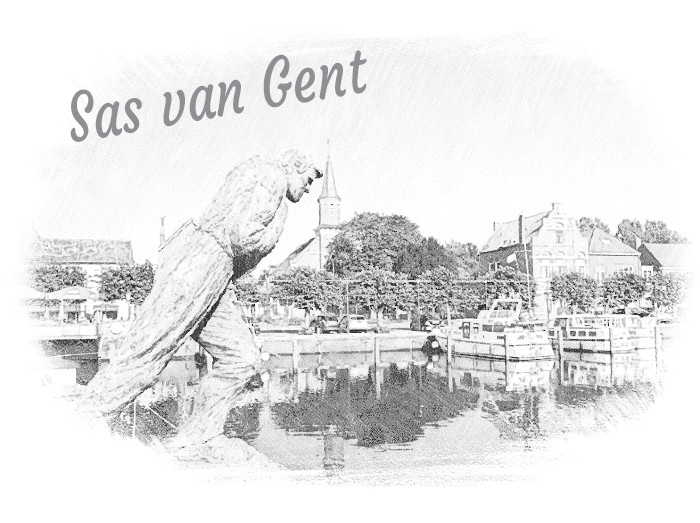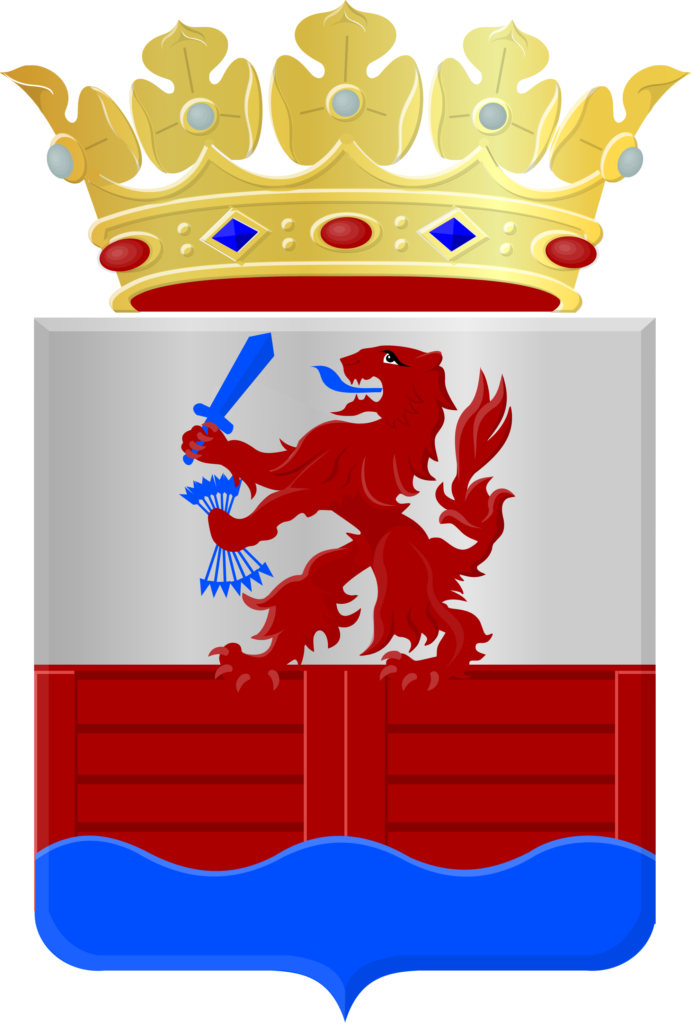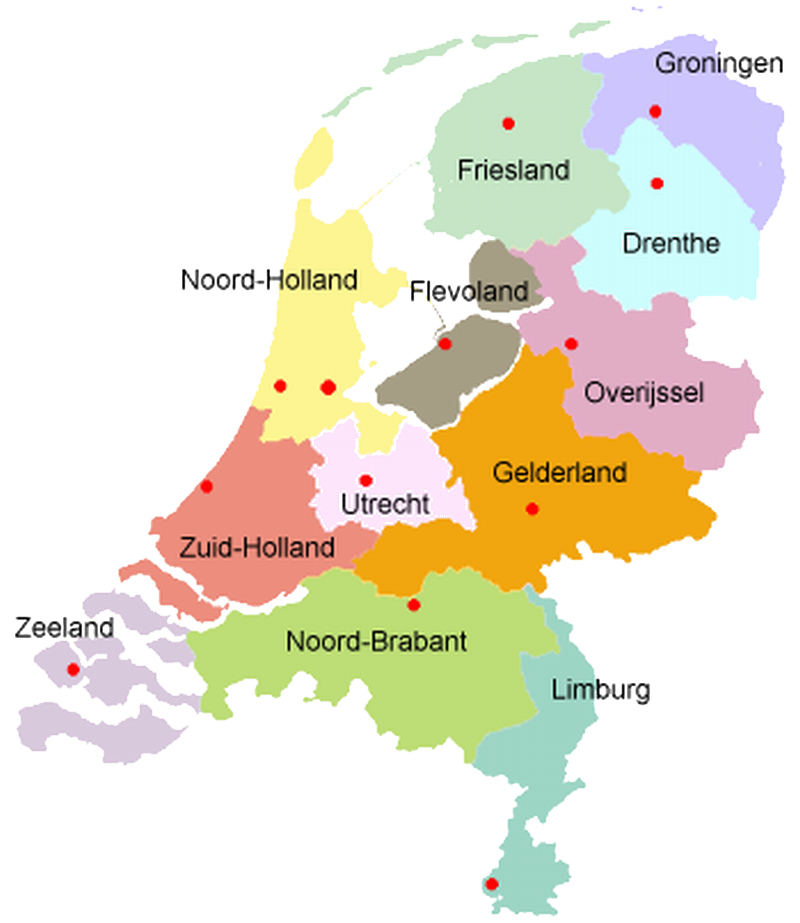
historical role as a crossing point
With a population of around 4,000, this quaint town offers a peaceful escape from the bustling urban life while holding onto its rich heritage.
The town’s name, which translates to “Ferry of Ghent,” reflects its historical role as a crossing point on the Ghent-Terneuzen Canal. This strategic location has shaped Sas van Gent’s identity over the centuries, with remnants of its maritime past still visible in its architecture and culture.
Visitors are greeted with cobblestone streets, well-preserved buildings, and a sense of tranquility that defines the town’s ambiance. The iconic drawbridge stands as a testament to its connection with waterways, while the local museums provide insights into its industrial history and the lives of its inhabitants.
Sas van Gent’s welcoming atmosphere extends to its community. The locals, known for their friendliness and warmth, often share stories about the town’s evolution, further enriching the visitor experience.
For those seeking an authentic Dutch experience off the beaten path, Sas van Gent beckons. Its serene landscapes, historical resonance, and the genuine hospitality of its people make it a destination well worth exploring—a place where modern life harmonizes with a storied past.
Sas van Gent bridge
The Sas van Gent bridge is a riparian connection over the Ghent-Terneuzen Canal and is located in the Dutch province of Zeeland, municipality of Terneuzen near Sas van Gent.
The connection is a road bridge and consists of a half-timbered swing bridge and concrete bridges on both sides. On the bridge is the N683 (Oostpoortweg) with a separate (moped) cycle path on the north side and space for a road on the south side. The bridge spans the Ghent-Terneuzen Canal, and on each canal side a local road, the Arsenaalstraat and the Sint Anthoniekade. The bridge is part of a fallback route for the Sluiskiltunnel in the N62.

The history of Sas van Gent is related to the search of the city of Ghent for a connection with the sea.
In the 13th century, the people of Ghent had dug the Lieve, which connected the city to the sea via the Zwin. However, after the silting of the Zwin in the 15th century, a new waterway had to be found.
Under the Spanish king Philip I, in the 16th century they were granted a permit to dig a canal at their own expense, this time northwards When building the lock and digging the Sassevaart, a small settlement arose, which would grow into Sas van Gent. Already on 21 May 1572 Sas van Gent was attacked by the Watergeuzen. The town was set on fire and the lock was destroyed.


The weapon used was a talking weapon: sas means lock, so the coat of arms stood for: lock of Ghent. In the beginning, around the 17th century, the coat of arms was in opposite colors of the coat of arms of Ghent. Ghent then had a black shield with a silver lion, making the shield of Sas van Gent a silver shield with a black lion. Later, the lion was replaced by a Generality Lion of the States General, which was red in color instead of black. The current coat of arms is almost the same as the previous one: the shield is made of silver, the lion is red as well as the lock gates on which it stands. The difference with the lion is that this time he has a blue tongue. The color of the sword is blue instead of gold this time, the number of arrows is set at seven and these are also blue in color. The green color of the shield foot became blue and wavy. The crown is the same as that of the old coat of arms.






